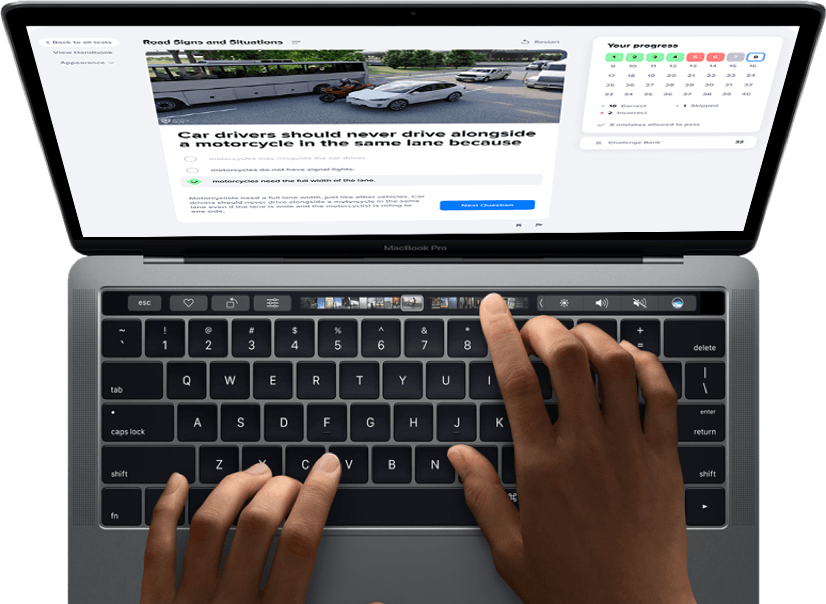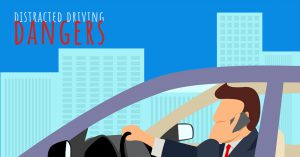There is a reason driver’s education teachers hound you about checking your mirrors.
Your side and rear-view mirrors are among the most important safety features on your vehicle. Without them, you would only be able to view a fraction of the roadway at a time and your odds of a collision would skyrocket. While glancing from side to side and upwards every few seconds may be a bit awkward at first, developing the habit of correctly using your mirrors is a top priority.
You’re reading one of our “Beginner Driver’s Guide” articles. Need to practice for your upcoming exam? Take our free sample driving test -- no registration required! ✨
Before you hit the road, you must adjust your side and rearview mirrors so that you have clear visibility in each of them. Here’s how:
How to Adjust Your Car’s Side Mirrors Properly
1. Sit in the driver’s seat.
Position the seat and steering wheel so that you are comfortable and have access to the gear shifter, brake pedal, and accelerator.
2. Maneuver the rear view mirror.
Gently maneuver the rear view mirror so that you can see directly out of the middle of your back windshield without moving your head. The goal is to be able to quickly glance from the road in front of you to the road behind you without having to move or turn your body.

3. Locate the necessary levers or buttons.
Locate the levers or buttons that adjust the side mirrors. Many newer models have a small lever or joy-stick on the driver’s side door that electronically adjusts the side mirrors. Older models often require you to manually adjust them using a lever or by pressing on the mirror itself.
4. Adjust the driver’s side first.
Adjust the driver’s side mirror first. Make adjustments then sit back in the driver’s seat to ensure that you can see the road behind you and a small sliver of the side of your car.
5. Adjust the passenger side.
Next, adjust the passenger side mirror. If you have to adjust it manually, you may need to move between the passenger’s and driver’s seats until it is properly adjusted.
6. Make sure everything is set right.
After all mirrors have been adjusted, sit in the driver’s seat and look in each, starting with the driver’s side mirror. You should view everything behind you in segments as you glance along.
Now that your mirrors are adjusted, here are some driving scenarios that require you to use your mirrors:
How to Use Them Properly
- 1
Merging on the Interstate
When changing lanes, first check your rearview mirror to see if any cars are following you. As you begin to signal your intention to turn, check the side mirror on the side you plan to merge to. For example, if you plan to merge from the left lane to the right lane, check your right side mirror for traffic approaching in that lane. Continue to glance between your rearview and side mirrors as you complete the merge. The video below contains a smart tip for choosing appropriate timing while changing lanes.
- 2
General Driving
Safety experts recommend that you keep a constant scan of all your vehicle’s mirrors while driving. Take a quick glance at one mirror every five seconds starting with the driver’s side mirror.
- 3
Parallel Parking
All three of your mirrors are essential to successfully parallel parking your vehicle. Check out How to Parallel Park for more information on how to use your mirrors to squeeze your vehicle into a tricky parking space.
The following video will also give you an idea of how to use mirrors while parking:
- 4
When Pulling a Trailer
Checking your mirrors is a must when your vehicle is pulling a trailer of any kind. When making turns, watch the mirror to the inside of the turn to ensure that the trailer’s wheels do not hit the curb.
Proper adjustment and usage of your vehicle’s side and rearview mirrors will prevent dangerous blind spots and keep your vehicle out of the path of approaching traffic.
Ladies, remember that your rearview mirror really isn’t for make-up application, especially while operating the car!





